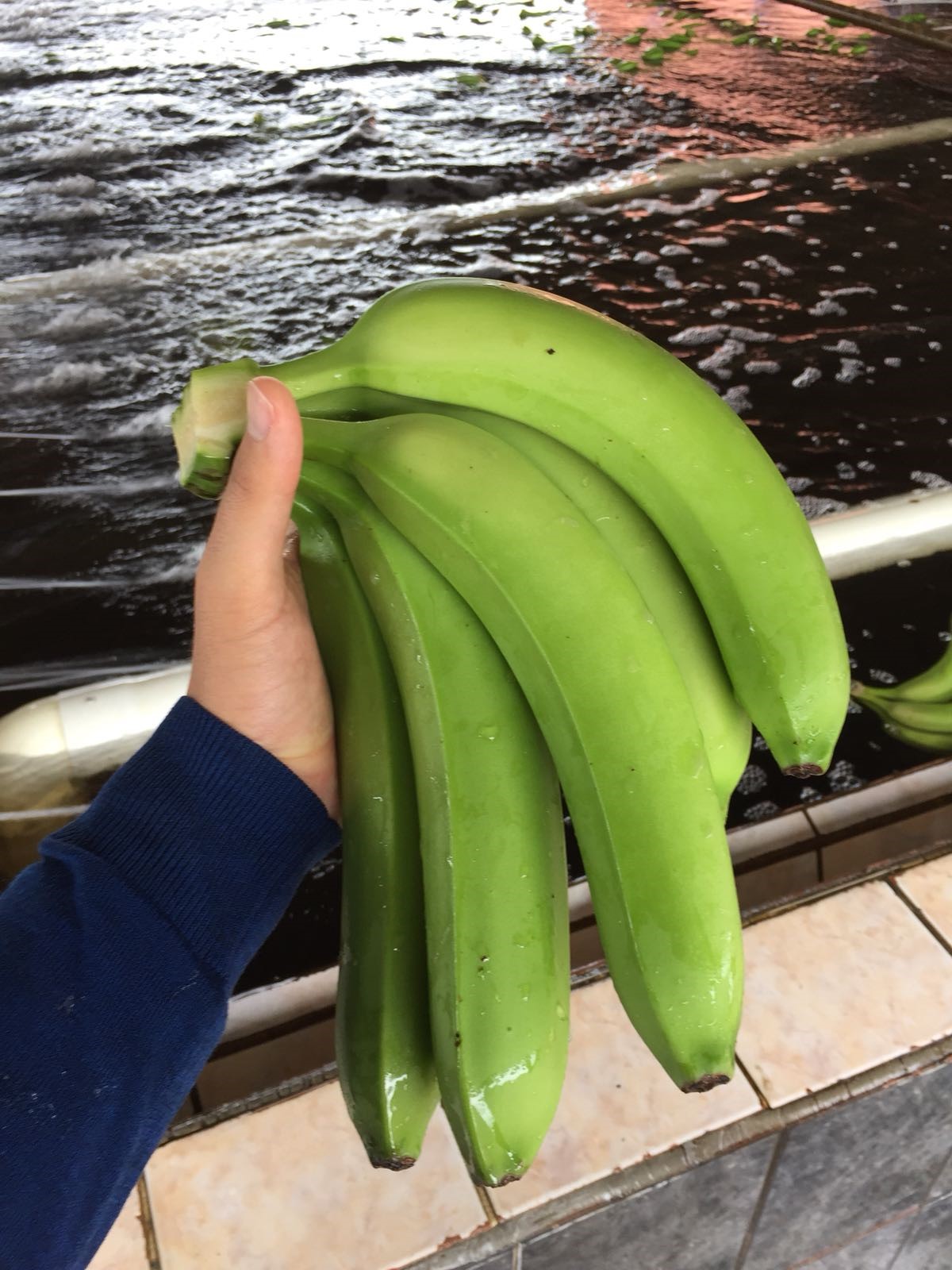Omex Agrifluids Beating Banana Disease With Plant Nutrition
Increasing volumes of innovative and interesting trials data / circumstantial evidence suggest a plant nutrition dimension can help manage Black Sigatoka disease through enhanced host plant resilience

Who would have thought that banana, the biggest of all bulk-fruit crops grown in the tropics, could be under a real threat of ‘commercial extinction’ from the disease? Musa species (banana) is inherently and desperately short on genetic variability required for disease resilience. What’s more, the genetics of the Musa genus is complex and sufficiently so to make the development of disease-resistant and disease-tolerant banana varieties extremely difficult.
The first fungal plant pathogen to hit banana with a disease of survival-threatening capability was Mycosphaerella fijiensis. Black Sigatoka was first identified in 1963 and soon proved sufficiently aggressive to supplant its close cousin Mycosphaerella muscicola (yellow Sigatoka) as the major foliar disease in the banana growing regions of the world. Since then, banana plantations and estates have been sprayed with almost every conceivable fungicide to kill the pathogen and control the disease. Including sophisticated systemic curative fungicides with their site-specific (single-site) action and discovered, developed and marketed over the last half century or more.
The plant nutrition dimension.
OMEX Specialise in leading-edge plant nutrition, and with unrivalled breadth and depth in its product portfolio, is well placed to assist banana growers fighting black Sigatoka.
Peter Prentis, Managing Director, describes the fascinating situation of a relatively small banana grower in the Philippines having secured his land from a multi-national banana producer, and now successfully growing and producing good banana yields while others all around are increasingly constrained by Black Sigatoka disease.
“Standard practice in The Philippines is to cut out the diseased and necrotic areas of typically large banana leaves to curtail the spread of pathogen and disease,” said Peter, “and clearly last resort to limit spread and preserve the photosynthetic capacity of as yet unaffected areas of the leaves. This particular grower is using OMEX CalMax and OMEX DP98 combined in a foliar spray and applied to banana bunches to harvest heavier and larger bunches of fruit. We know this because boxes are being filled with just five hands of fruit whereas previously it required eight hands of fruit to fill a box,” noted Peter.
How is the OMEX DP98/OMEX CalMax ‘combo’ working?
OMEX CalMax is high in soluble calcium (22.50 per cent w/v) and already well established for enhancing structural resilience of plant tissue and susceptibility to disease in a wide range of harvested fruit and vegetables. Omex DP98 is high (37.50 per cent) in phosphorous but as the highly soluble phosphite nutrient as opposed to more usual and traditional phosphate.
Calcium is a vital element and plant nutrient with a structural role in calcium pectate which cements plant cell walls together to enhance overall strength and integrity of plant tissue, and thereby plant resilience to disease progression. However, calcium ions suffer from poor mobility to present difficulty in access and absorption by the roots even when there are ample calcium supplies in the soil, and also the movement of calcium ions inside the plant.
The water-soluble phosphite nutrient has biostimulant activity to assist entry of the inherently ‘lethargic’ calcium ions into the leaves and to help ‘ferry’ these divalent cations around the plant for efficient utilisation in a tissue-structure strengthening role. Evidence suggests this is exactly what could be happening in banana, with the combined foliar application of Omex CalMax and Omex DP98 conferring banana plant resilience to Black Sigatoka disease.
CONTACT
Peter Prentis
Omex Agrifluids Ltd
agrifluids@omex.com
www.omex.co.uk
+44 1553 817500
Tuesday 10 March 2020 / file under Agriculture | Biotechnology | Horticulture



